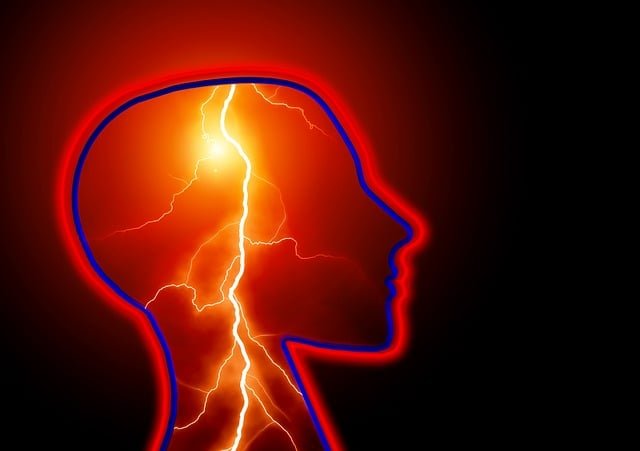What is a stroke?
A stroke occurs when vital blood flow and oxygen to the brain is interrupted. When blood flow to the heart is blocked, it’s called a heart attack; similarly, a stroke is sometimes called a “brain attack.” A stroke can injure the brain just as a heart attack can injure the heart. Another name that doctors often use for stroke is “cerebrovascular accident,” or CVA.
There are two types of stroke:
-
- Ischemic stroke is the most common type of stroke. It occurs when there is a sudden lack of blood flow to some part of the brain, usually due to a blood clot blocking an artery or a blood vessel in the brain. Often the artery is already clogged with plaque and fatty deposits (atherosclerosis).
- Hemorrhagic stroke, or bleeding in the brain, is caused by a broken or leaking blood vessel in the brain. A bleeding (hemorrhagic) stroke may be due to an aneurysm—a thin or weak spot in an artery that balloons out and can burst.
Approximately 9 out of every 10 strokes are blocked-vessel (ischemic) strokes; the rest are bleeding (hemorrhagic) strokes.1 Both types of stroke cause brain cells to die. Two million brain cells die every minute during a stroke, increasing the risk of permanent brain damage, disability, or death. This brain damage may cause you to lose control of certain functions, such as speech, movement, and memory. Recognizing the symptoms and acting FAST to get medical attention can save a life and limit disabilities. A stroke is an emergency and should be treated as quickly as possible by calling 9-1-1. Some treatments are only effective if given within 3 hours of when the attack begins.
What is a “mini-stroke” or TIA?
A “mini-stroke” refers to a transient ischemic attack or TIA. In a TIA, there is a short-term reduction in blood flow to the brain. This may cause stroke symptoms—such as weakness or tingling in an arm or leg, or sudden temporary loss of vision in one eye (sometimes described as having a “nightshade” pulled over the eye). Symptoms may last for anywhere from just a few minutes to a day, and may even go unnoticed.
TIAs are important warning signs that you are at increased risk of having a stroke in the future. One in ten people who have a TIA will have a stroke within 90 days, half within the first 48 hours.2 In addition, people who have a TIA have a 20% chance of having a stroke within the next 10 years, and over a 40% chance of dying of stroke or heart attack in the next 10 years.3 If you suspect you have had a TIA, seek medical care right away to prevent a full stroke.
How common are stroke and TIA?
Stroke is the No. 3 cause of death in the US behind heart disease and cancer and the No. 1 one cause of serious, long-term disability. In 2004, more than 91,000 women died from stroke, accounting for 61% of all stroke deaths.3 On average, every 40 seconds someone in the US has a stroke.1
Approximately 3.3 million US women are stroke survivors: 3% of white women, 4% of African-American women, and about 2% of Mexican-American women. Over the course of a lifetime, 1 in 5 women will suffer a stroke versus 1 in 6 men. Each year, more than 370,000 women have a stroke—about 46,000 more women than men. This is largely because the risk of stroke increases with older age and women live longer than men. About 88% of stroke deaths occur in people aged 65 years and older.
In addition, 2% of women aged 65 to 69 years and 4% aged 75 to 79 years have had a TIA or “mini stroke.” About 15% of all strokes are preceded by a TIA.
